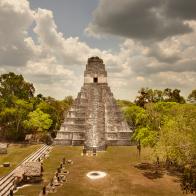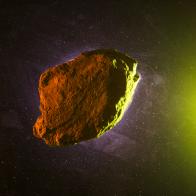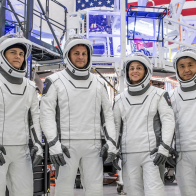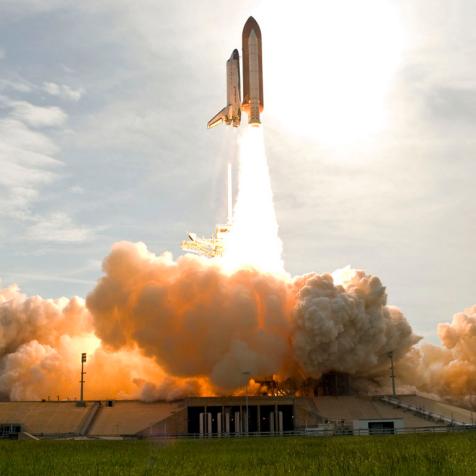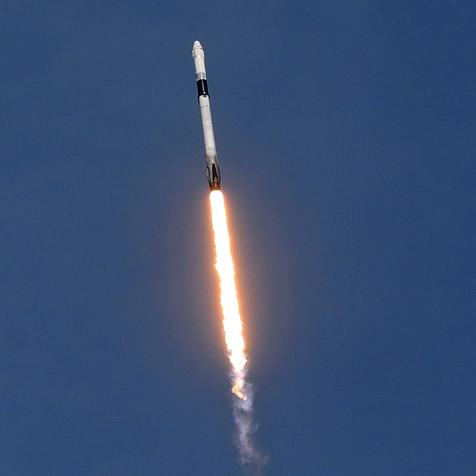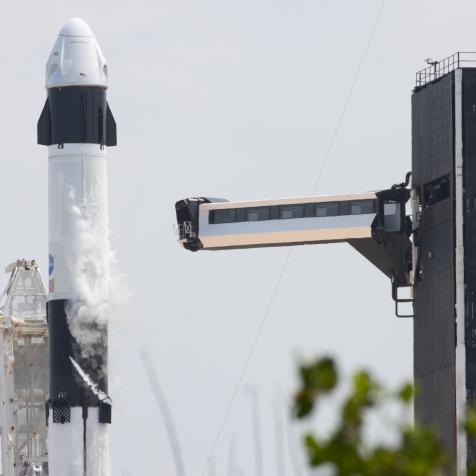
NurPhoto/Getty
September: What's New In Space Exploration This Month?
Below are some exciting space exploration highlights!
1. NASA's Artemis Mission will launch via a SpaceX rocket
It was just announced that SpaceX's rocket will launch a lunar lander bound for the moon's South Pole in late 2022.

Jim Bennett/Getty
2. NASA astronaut, Jeanette Epps, has been assigned to next year's Boeing Starliner launch
Boeing's first operational crewed flight, known as Starliner 1, will launch NASA astronauts Jeanette Epps, Sunita Williams, and Josh Cassada to the International Space Station in 2021.
NASA Astronaut Jeanette Epps Will Make History with Her Next Mission
It was announced this week that Astronaut Jeanette Epps will be added to NASA's Boeing Starliner-1 mission to the international Space Station. She will be the first Black astronaut to live on the ISS.
3. SpaceX fired up their SN6 Starship rocket prototype in preparation for a hop test
SpaceX is developing a reusable transportation system for spaceflight to the Moon, Mars, and beyond our wildest space dreams. According to SpaceX, SN6's hop test will be happening this month and similar to SN5's.

SpaceX
4. SpaceX's recent onshore landing of a Falcon 9 rocket was a success
SpaceX landed its Falcon 9 rocket on Landing Zone 1 at Cape Canaveral Air Force Station last night, August 30, instead of a drone ship after a successful launch of a SAOCOM 1B mission.
5. SpaceX is preparing to launch its 12th batch of Starlink satellites this week
SpaceX is scheduled to launch another batch of Starlink satellites this week followed by two additional batches towards the end of the month. When you go outside, look up and you just might see the "largest satellite fleet" in space pass by!

Yuri Smityuk/TASS/Getty





































